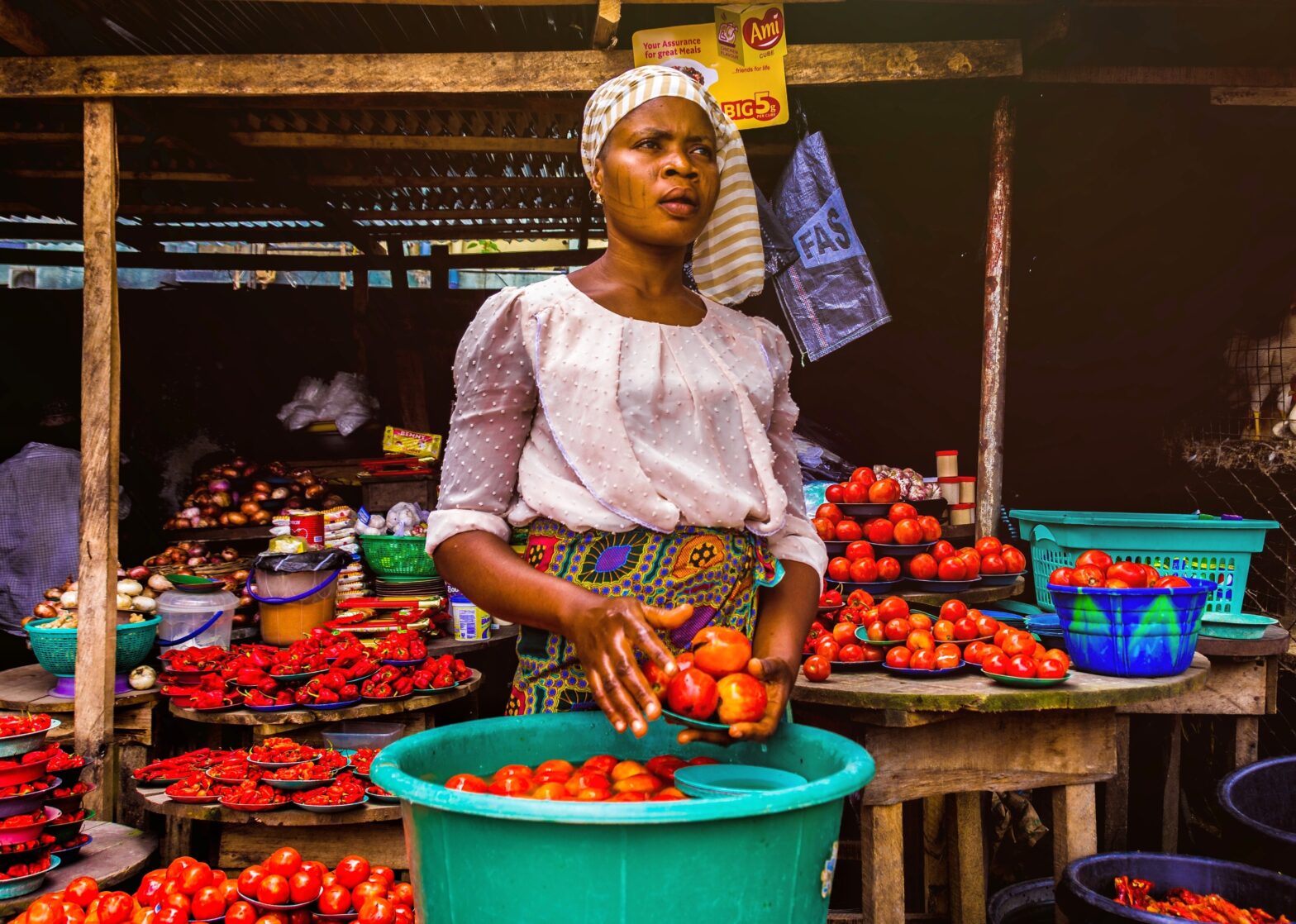Africa’s impact on Latin American food is evident in many popular dishes. The traditions African slaves brought across the ocean, permanently impacted the food landscape from Cuba to Brazil.
Enjoy African-inspired cuisine in these four Latin American countries.
Brazil
While African influence is pervasive throughout Brazil, the epicenter of Afro-Brazilian culture is in Salvador da Bahia.
While in Bahia, you’ll encounter the baianas, the local women who proudly wear African attire and observe African traditions. They often incorporate dendê oil into their cooking. This oil was brought from Africa to Brazil by the Portuguese. It has an unique taste and texture.
One example of a food that utilizes dendê is acarajé. To make this, black-eyed peas, various spices and onions are rolled into balls and fried in the oil.
The Dominican Republic
Sancocho de Habichuelas, also called Sopión, is a tasty, sweet and sour stew with beans. Aside from these, there are plantains and sweet potatoes. The meat version of this stew, Sancocho, has similar roots.
Slaves in the Dominican Republic made delicacies out of whatever was available. According to Dominican Cooking, “with them came the knowledge of how to use plantains, as well as some cherished stews and fried foods.”
Mangú is a derivative of mangusi, popularized in the Congo.
Colombia
There’s rich African tradition in Cartagena, Colombia. There’s also a robust Black population in San Basilio de Palenque.
Some African-inspired dishes enjoyed in Colombia include encocao de Camarón, sancocho and rondon, a delicious pork and fish stew.
Typically, rondon has plantain, coconut milk, yuca and red bell peppers. Some might also add additional seafood, like clams and shrimp.
Cuba
Cuban food draws not only from Africa, but Spain and other Caribbean islands.
According to Amigo Foods, “Guinea chicken, malanga and plantain came to Cuba when Africans slaves were brought into the colony. This led to the introduction of African-inspired Cuban dishes like funche, tostones and fufu.”
Common sides, like frijoles negros, and meals, like arroz con pollo, draw from African culinary traditions.
